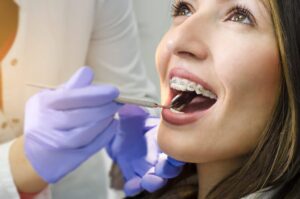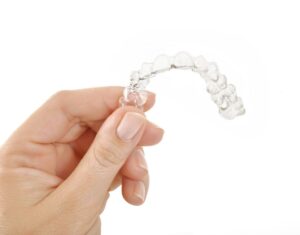Orthodontics isn’t an uncommon term, with most people having heard it at least once or twice. However, it can feel a little vague, and even orthodontic patients may struggle to understand all it encompasses sometimes! Here at Unger Orthodontics, we like to take a team approach to the services we offer, and we know that informed patients are much more likely to be active participants in their own orthodontic treatment. It’s important to us that all the patients and families we work with are educated on exactly what orthodontics is, as well as what exactly orthodontists like Dr. Unger do! Keep reading to learn more about orthodontics, and the many ways it can benefit your life by changing your smile for the better.
All about orthodontics
While general dentistry is a broad medical specialty dealing with the teeth, gum, nerves, and jaw, orthodontics is a more specific specialty within dentistry that focuses on the prevention, diagnosis, and treatment of dental and facial irregularities. Orthodontics specialty includes correctly aligning teeth, bites, and jaws.
All orthodontists are dentists, but not all dentists are licensed orthodontists. Orthodontists attend dental school just like dentists do, but once they finish, they go on to study for two or more years in an ADA-approved orthodontic training program. Put simply, a licensed orthodontist like Dr. Unger is a true dental specialist who knows a lot about teeth, jaws, oral health, and of course, orthodontic care.
Although the cosmetic benefits of orthodontics are often the first thing people think of, there are actually many ways treatment can help improve your overall oral health. Crooked teeth are a perfect example of this. While they can definitely detract from your appearance, the more important problem is that they will make it harder to brush and floss effectively, potentially leading to compromised dental health. The stress from misalignments can also cause headaches as well as TMJ syndrome. Orthodontic treatment is able to address all this — and more.
There are many common dental issues that can benefit from orthodontics. If you’ve struggled with any of the following problems, you could be a good candidate for orthodontic treatment with Unger Orthodontics!
- Overbite — the upper front teeth lie too far forward and stick out over the lower teeth.
- Underbite — a “bulldog” appearance, where the lower teeth are too far forward or the upper teeth are too far back.
- Crossbite — in normal bites, the upper teeth will be out over the top of the lower teeth when biting down normally. With a crossbite, this does not happen. There are a few different types of crossbites, depending on where the upper teeth fall in relation to the lower ones.
- Open bite — there’s a space between the biting surfaces of the front or side teeth when the back teeth bite together.
- Incorrect midline — the center of the upper front teeth doesn’t line up with the center of the lower front teeth.
- Spacing issues — there are gaps in between the teeth as a result of missing teeth or teeth that don’t “fill up” the mouth.
- Crowding issues — there are too many teeth for the dental ridge to accommodate
Options for orthodontic treatments
An experienced orthodontist is able to determine would benefit from orthodontic treatment, and which treatment would benefit them the most. To do this, we use a variety of diagnostic tools, such as:
- a full medical and dental health history
- a clinical exam
- digital models of your teeth
- X-rays and photographs
Unger Orthodontics is proud to offer complimentary consultations, at which time a team member will talk with you while reviewing the results of your examination. He’ll be able to help you decide which, if any, orthodontic procedures would be right for you. Based on your particular case, a customized treatment plan can be created, taking into account your specific needs and desired goals.
What kind of orthodontic treatment options exist?
Although it will depend on a number of factors, including the severity of your particular problem, there are a number of orthodontic appliances available to help move your teeth into more desirable positions.
There are two different types of appliances, fixed and removable, and it will depend on your particular circumstances which kind would work best for you.
Fixed appliances
Braces:
Traditional metal braces are the most well-known orthodontic appliance, and also the most common. Having made many improvements in recent years, today’s models are smaller, lighter, and much less obvious than they used to be. With these braces, brackets are bonded to the front of the teeth while archwires are then passed through the brackets and attached to them. Regular tightening of the archwire puts tension on the teeth, which will slowly move them into the desired position. This process can take anywhere from several months to a few years.
Clear braces:
Much like their traditional counterpart, clear braces also consist of brackets and archwire, but the biggest difference is they’re even less detectable! Instead of metal brackets, these braces are made from clear ceramic. They blend in with the teeth, making them even less likely to be seen, and still come with all the benefits of traditional braces.
Fixed space maintainers:
Baby teeth can be lost prematurely. If this has happened, it’s important to keep the space open until the permanent tooth erupts, as neighboring teeth can otherwise crowd into the empty spot. A customized space maintainer can be used to prevent this. Spacers have a band attached to the tooth next to the empty space, with a wire extending into the tooth on the other side of the space.
Removable appliances
Clear aligners:
Clear aligners, like those provided by the Invisalign® system, are the most popular alternative we have to traditional braces, and are especially popular with our adult and teen patients, who tend to be more image-conscious. These aligners move teeth the same way fixed braces do, but without the hassle and restrictions that can come with metal wires and brackets. They are virtually invisible, easily removed when eating and drinking, and they make brushing and flossing a complete cinch!
Jaw repositioning appliances:
These devices are sometimes called splints, and can be worn on either the top or lower jaw. They help train the jaw to close in a more favorable position.
Rapid palatal expander:
This device widens the arch of the upper jaw using a plastic plate that fits over the roof of the mouth. Outward pressure is applied to the plate by screws, and this forces the joints in the bones of the palate to open lengthwise, widening the palatal area in the process.
Removable retainers:
You’re bound to have seen one of these before! Worn on the roof of the mouth after orthodontic treatment has been completed, these devices help keep your new smile straight by preventing teeth from shifting back into their previous position.
Schedule an appointment with us at Unger Orthodontics
f you’re interested in learning more about what orthodontics could offer you, why schedule your complimentary consultation today? There’s no better time than now to get started on the path to a healthier, more self-confident smile with Unger Orthodontics!



